
IS REINTRODUCTION the right word to describe the return of the red kite (Milvus milvus) to our skies, for in practice they had never gone away? A small group had held on by the tips of their talons to the wilder parts of West Wales. Constantly being robbed by egg collectors meant that it was only a question of time before we really had lost them, though, and ever-decreasing gene pools would not have helped.
After the successful reintroduction of the white-tailed eagle in Scotland in the 1970s, feasibility studies suggested the process could be repeated with the red kite. The existing population in Wales was too small to allow large numbers of young birds to be relocated to other areas, so the organisers (an initiative involving the RSPB and what was then English Nature) looked to the continent; in particular, Spain. The first kites – young birds – were brought from the thriving population in Spain in 1989 and this continued until 1994, starting in the Chiltern Hills in Buckinghamshire.
The birds were kept in large aviaries until old enough to fly free and a slow-release system proved effective. The young birds did well, began to spread naturally, and soon became a common sight for drivers on the M40 motorway near High Wycombe. I travelled that road often during the early 1990s and would be disappointed if I did not see three or four of these graceful birds drifting across the carriageways. Not only did they succeed, but they also bred quite quickly; a first breeding was recorded in 1992, much quicker than the Scottish eagles which took 10 years.
Denne historien er fra November 27, 2019-utgaven av Cage & Aviary Birds.
Start din 7-dagers gratis prøveperiode på Magzter GOLD for å få tilgang til tusenvis av utvalgte premiumhistorier og 9000+ magasiner og aviser.
Allerede abonnent ? Logg på
Denne historien er fra November 27, 2019-utgaven av Cage & Aviary Birds.
Start din 7-dagers gratis prøveperiode på Magzter GOLD for å få tilgang til tusenvis av utvalgte premiumhistorier og 9000+ magasiner og aviser.
Allerede abonnent? Logg på
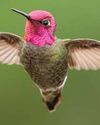
The World's Best-Known Hummingbird?
Intensively studied, the gem-like Anna’s hummingbird is a welcome visitor to the gardens of America’s most populous state: California. Bill Naylor investigates its life history
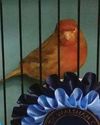
The charm of the English Cinnamon
Despite its long and complicated history, the true Cinnamon canary is still with us – in the hands of a tiny group of breeders. DONALD SKINNER-REID reckons it deserves wider appreciation
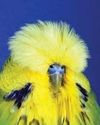
Spangles: a personal overview
FRED WRIGHT relates a budgie story of over-exploitation, consequent problems and abundant potential for the future

New converts to old breeds
Old and rare canaries have a reputation for adding fresh interest and challenge to the hobby. PETE HOOK and NICK JOY agree, and explain the birds’ charm to Dave Brown

Themed aviaries are a hit with the public at annual Stafford show
DECORATIVE AVIARY DISPLAYS from a CBS and an online bird keeping advice group were voted in the top three by visitors for the inaugural Stafford Aviary Competition.
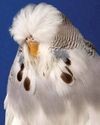
Pieds with potential
More than just a lesser variety, the dominant pied will introduce challenge and change into most studs, reckons CLIVE WAKEMAN. Here he discusses pairings to try and others to avoid

Club News
Welcome to the club and show pages – the bit that’s all about you Results: convention, specialist & rare and Breeder of the Year

Canaries Month by Month:
With Christmas around the corner, BRIAN KEENAN is well into his winter programme, and reckons he might deserve a nice outcross
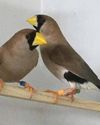
Smart Choice, Docile Nature
Dave Brown welcomes the masked grassfinch to his birdroom and shares advice on this lovely Australian species
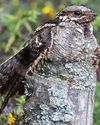
The truth about the ‘flying toad'
Odd local names and weird superstitions can’t hide the beauty and elegance of the nightjar, a species that has made a fascinating subject in a few zoo collections, reveals BILL NAYLOR